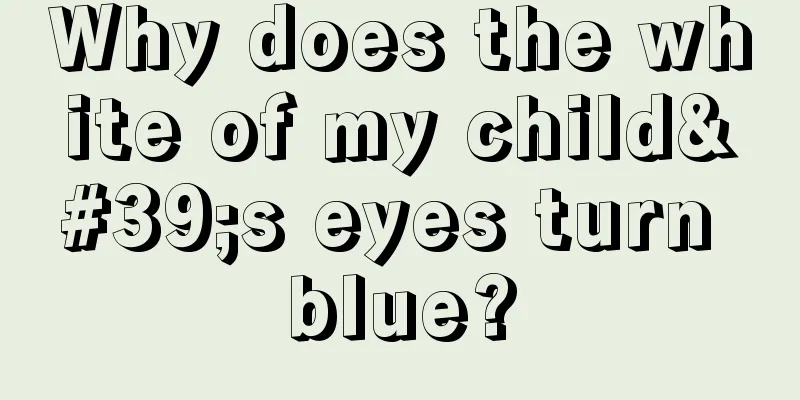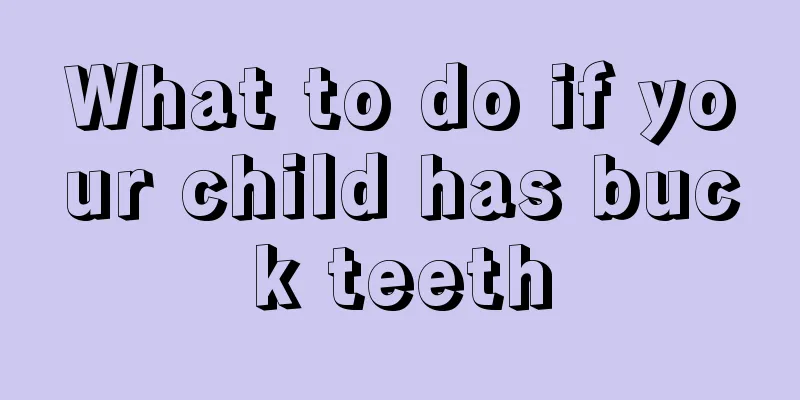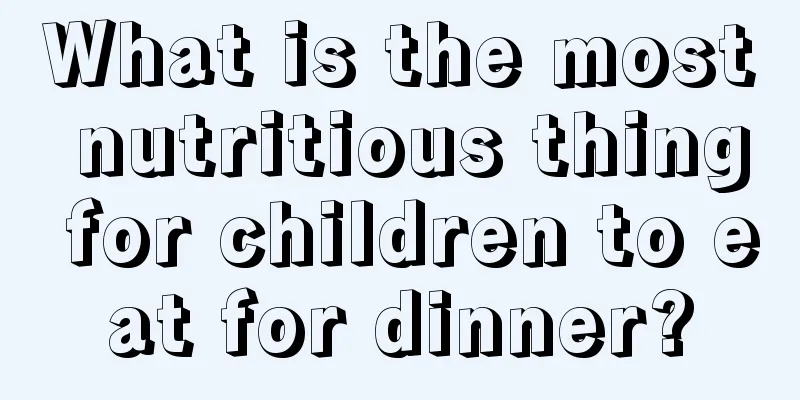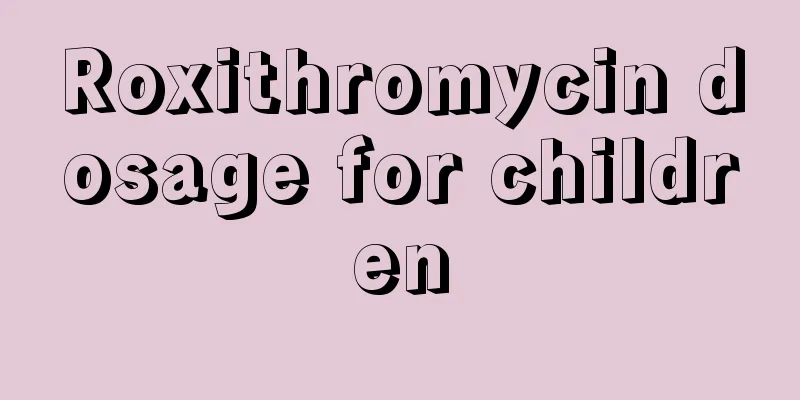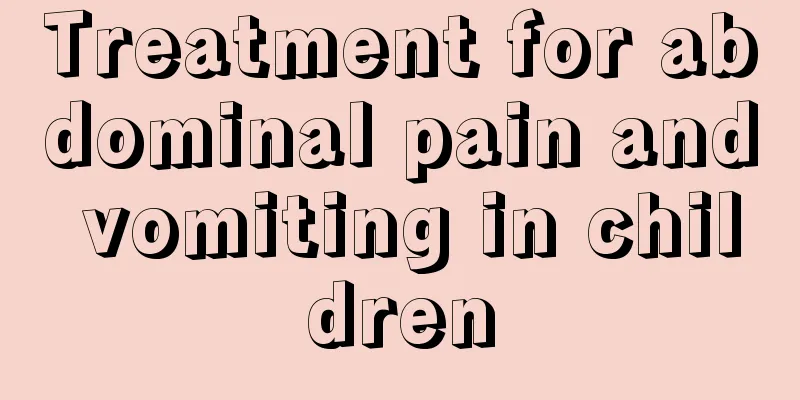At what age do children finish replacing their teeth?
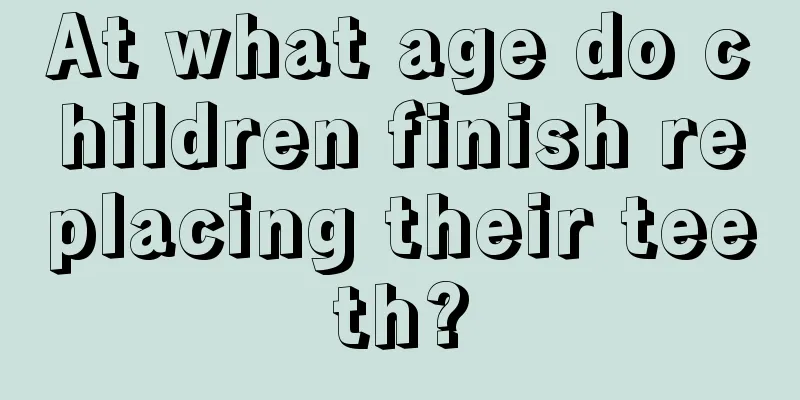
|
Children grow up slowly and their body functions begin to mature slowly. Faced with this new world, they are always full of curiosity, and mischief is their byword. Tooth replacement is also a necessary process for children. Children are the cutest when their teeth are replaced. They always have a few missing teeth and may even have air leakage, so adults always like to tease them. So when will the children's tooth replacement be completed? Let’s see what the doctor says. Children's deciduous teeth are generally replaced around the age of 6, but there are certain differences between boys and girls. Generally, boys develop slightly slower than girls at this age, and the eruption of boys' permanent teeth is also relatively later than that of girls. This is a normal physiological reason. There are also some children who appear thinner than children of the same age due to picky eating, which means they develop later and the eruption of permanent teeth will also be a little later. Some children, due to picky eating, eat too delicate food and consume less crude fiber food. They do not have strong chewing power to stimulate the jaw, and slow jaw development is also not conducive to the eruption of permanent teeth. The order in which children's teeth change is basically the same as the order in which their deciduous teeth erupt, namely: Baby's teeth replacement schedule: The permanent tooth germs begin to develop and calcify after birth and start to erupt at the age of 6 to 7. There are 32 permanent teeth in total, and they are usually fully erupted by the age of 20. When the permanent teeth erupt, the deciduous teeth fall out one after another, and the time sequence is as follows: 6 years old: The two lower incisors come out, and at the same time, the first permanent molar comes out behind the second deciduous molar, one on the upper and lower left and right sides; the two lower deciduous incisors fall off. 7 years old: The two upper front teeth come out, and the two upper deciduous front teeth fall out. 8 years old: The upper and lower incisors come out, and the upper and lower deciduous incisors fall off. 9 to 10 years old: The lower canines and the first bicuspids (one on the upper and lower left and right) emerge, and the lower deciduous canines and the first deciduous molars (one on the upper and lower left and right) fall off. 10 to 11 years old: The upper canines emerge and the upper deciduous canines fall out (one on each side). 11~12 years old: The second pair of canines grow out (one on each side), and the third and third deciduous molars fall out (one on each side). 12-13 years old: All the deciduous teeth fall out, and only permanent teeth come out (all of them are permanent molars). (The first permanent molar comes out at the age of 6, the second permanent molar comes out at the age of 12, and the third permanent molar comes out at the age of 18, every 6 years. However, some people do not get the third permanent molar until around 30 years old, and some people do not get it at all.) From this we can see that when children are the most naughty, their baby teeth fall out and new teeth should grow. Some children will also grow the most uneven teeth at this time, so parents should pay attention to their children and tell them not to lick their gums all the time. This will not only make the new teeth ugly, but also uneven. So I hope every child can have neat and white teeth. |
<<: What causes knee pain in children?
>>: Are the consequences of a fracture in a child serious?
Recommend
Baby teething order
Almost all young couples will shift all their att...
My daughter has small pimples on her hands
Many parents will find that their daughters have ...
How to deal with a child with sore throat and fever?
It is quite common for children to have a fever, ...
What should I do if my one-year-old baby always has poor digestion?
Babies get sick very frequently during their grow...
Daughter with ADHD
My daughter's ADHD is caused by inattention, ...
Why does my child only cough in the morning?
It is a common phenomenon for children to cough i...
What is the reason why there are black threads in baby’s stool?
After the birth of a newborn, many mothers will e...
What causes breast lumps in boys?
When it comes to breast disease, people usually t...
How to treat congenital thumb deformity?
Congenital thumb deformity is a disease in which ...
Pimples on baby's face
Babies' skin is generally delicate, so they a...
What are the acupuncture points for reducing fever in children?
What should I do if my child has a fever? In dail...
Where should I apply the foot patch when my child has a fever?
When many children have a fever for some reason, ...
What to do if your 1.5-year-old baby has phlegm in his throat
If a one and a half year old baby has phlegm in t...
What are the effects of a baby having a fever and convulsions?
Children often have fever and get sick. Recently,...
Is it good for children to have long eyelashes?
In our lives, many children are born with very lo...

